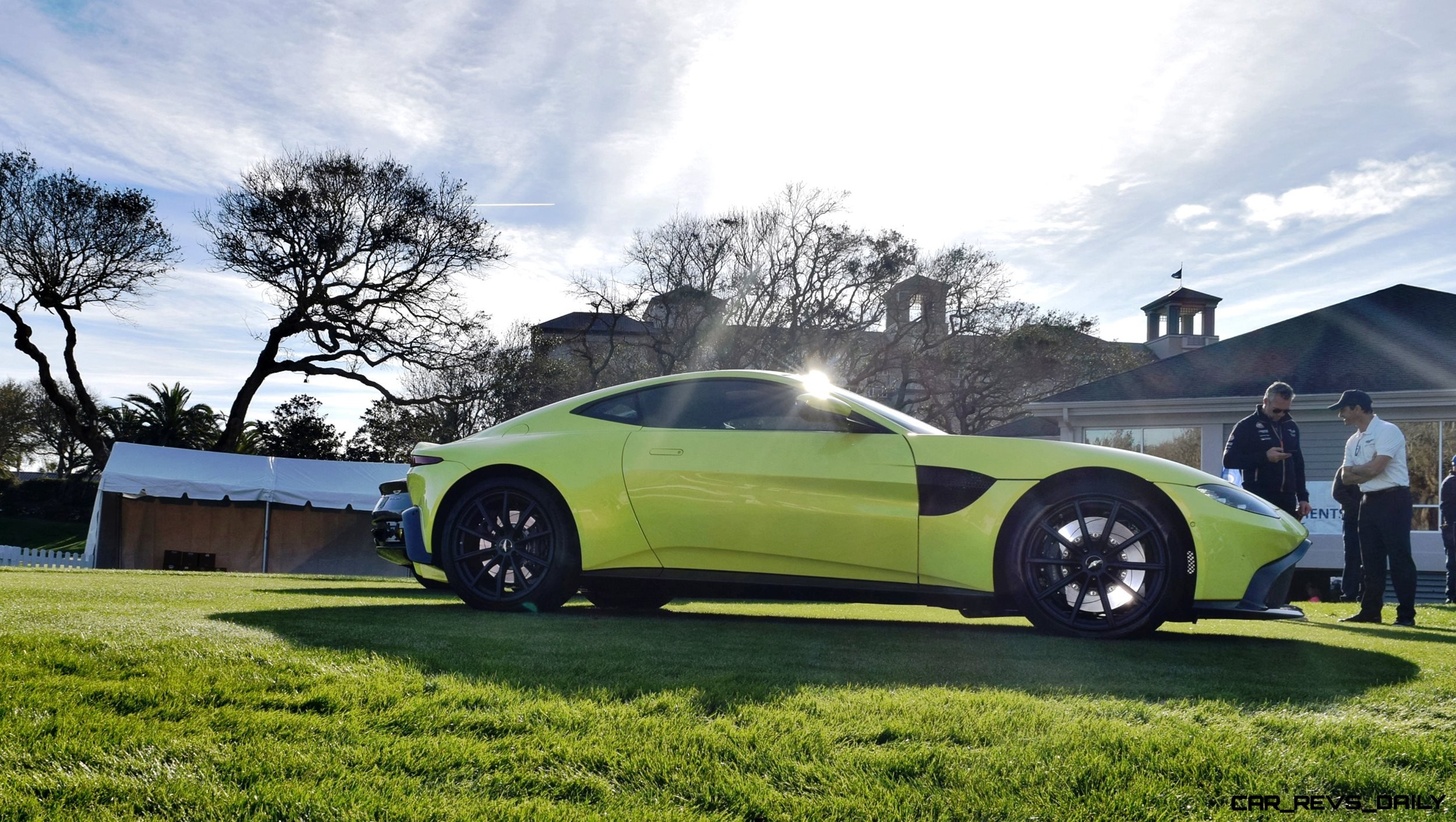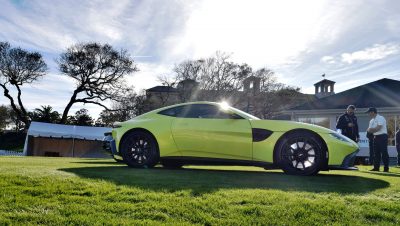Cars are without a doubt one of the most aspirational purchases you can make in your life. It doesn’t matter whether you’re rich or poor, or somewhere in between, driving a better car is something most people yearn to do. The problem is that better cars cost more money, and as you need the best, most reliable car possible for general use, that often doesn’t leave any funds for a dream car.
Unfortunately, most dream cars aren’t the types of vehicles you want to use as everyday run-around or to commute to work in. That means you’ll need at least one regular car in addition to having a dream car in many cases, especially if you have a family. A dream car is then, for most people, a luxury purchase – something you don’t need but would love to have.
Paying for your dream car
Saving up to buy your dream car is a sensible approach, or you could consider a personal loan. If your credit history isn’t very good, there are bad credit loans available that not only provide you with the capital but will contribute towards improving your credit record if you keep up the repayments. You could also ask for contributions from friends and family instead of birthday gifts, or find some assets to sell to boost your savings pot.
Supercars
The first question to ask yourself is what is your dream car? If you’re thinking Ferrari or Lamborghini, then you’re aiming high, as these supercars are expensive to buy and costly to run, and have very little practical use. There are also the extras like insurance to think about. Cover for luxury brands and high-performance vehicles doesn’t come cheap, and with a valuable car, it’s not something you can afford to economize on.
On the other hand, if you like the idea of a high-performance supercar but aren’t so concerned about the badge, there are other makes that can match the performance of these iconic cars but have a considerably lower price tag. For example, a Lotus will give you very much the same kind of experience as a Ferrari, at a fraction of the cost. Having said that, they’re still not cheap; so if a supercar is your thing, you’ll need to start a savings fund or find a way to make some extra money!
Classic cars
Maybe you’re more of a fan of old cars, in which case you’ll be in a far more affordable price range. Some classics are just as expensive as supercars – and classic supercars can be worth millions of dollars. If these elite vehicles are out of your reach, there are many other beautiful and unusual cars to consider. Mustangs, Camaros, and other American sports and muscle cars always turn heads, and models from the 1960s are particularly desirable, yet they can be reasonably priced as there are still many examples around.
In the classic car world, the model is the factor that influences the price most significantly, so you could, for example, buy a standard Mustang for below $20,000, a Shelby Mustang will set you back an eye-watering $100,000 or more. Luckily there are more classics becoming available as time passes and the current cars become historical artifacts. Not all old cars become classics, but many do, and you can find some great cars for under ten thousand dollars if you shop around.
Restoring or buying mint
Buying a car that’s in mint condition will inevitably cost you more than one that needs a bit of work doing to it. The advantage is that you shouldn’t have to spend too much money on the car beyond regular running costs if you keep it well-maintained. The problem is you have to pay a higher lump sum in the first place. If you aren’t interested in doing your own restoration work, then it makes more sense to save up the extra for a car that’s in good condition, because an old car can go through money the way it goes through gas!
You can easily spend ten or twenty times the purchase price on restoring an old car, and in many cases, the money you put into it won’t be reflected in the value when it’s completed. If you do like fiddling with cars and have some skills in that area, then that could well be part of the appeal of buying a car to do up. If this is the case, you need to work out how much time you can spend on your car and how much work there is to do, so you can see how long it’s going to take.
It’s not unusual for restoration projects to languish half-finished in garages for years because their owners didn’t have the time or expertise to do all the work, and if you invest in a dream car, you want to be able to use it and show it off.
Practical aspects to dream car ownership
As well as buying the car in the first place, you need to think about where you’re going to keep it. If you live on the west coast, rust won’t be such a problem, but in the rest of the country, you could watch your precious car flaking away if it’s left out in all weathers. Bodywork repairs are some of the most costly, so you need to keep your car undercover in a dry atmosphere to avoid problems with rust.
Running costs are also an important consideration. There’s not a lot of point having a beautiful car in your garage if you can’t afford the spare parts, or the fuel consumption is so high it costs a fortune to go anywhere. Many classics and high-performance cars have a very high mpg, often in the low teens or even single figures. If your dream car is a gas-guzzler, you need to budget for the cost of taking it out.
Owning your dream car is a wonderful feeling, but don’t spoil it by being too ambitious or not doing your sums. Take your time, organize your funds, and make sure you buy the right car for you, and you’ll be a very happy car owner.
Featuring the 2019 Aston Martin V8 Vantage

CRD Auto Industry Insider may contain helpful and on-topic partner content that auto enthusiasts and car shoppers find valuable.











